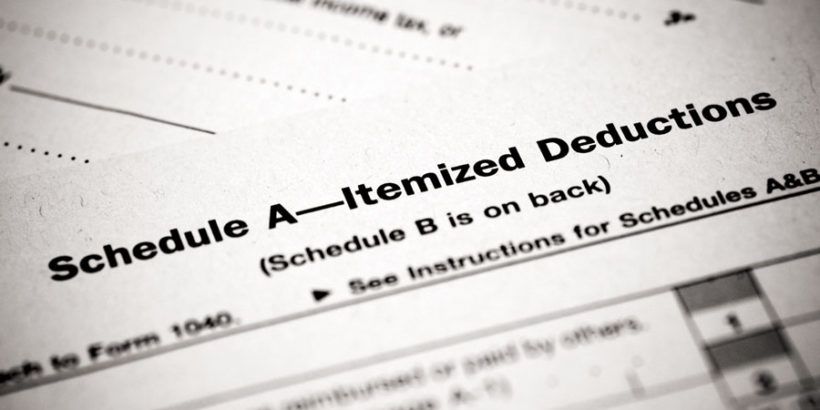The East Coast got another reminder of the destructive force of severe weather from Hurricane Dorian. Residents of the Carolinas and elsewhere are now dealing with the aftermath, as the strong winds and flooding caused significant damages to property.
Leave it to the tax code to offer a silver lining, though. Although it certainly won’t make up for what they’ve been through, those residents may want to become familiar with the casualty loss deduction.
Deductible losses
The 2017 tax reform greatly narrowed the definition of deductible casualty losses. Beginning in 2018, only losses caused by events the president declares eligible for federal disaster relief are tax-deductible.
Advertisement
Examples typically include hurricanes, wildfires, floods and other natural disasters. A full list of qualifying events can be found at www.fema.gov/Disasters.
Determining the amount of loss involves a number of factors, but is generally equal to the lesser of (1) the adjusted cost basis of the damaged property or (2) the decrease in fair market value of the property.
For example, say you bought a collector car for $50,000, and it has since appreciated to $75,000. If the car were completely destroyed in a wildfire, your loss would be limited to $50,000, not the value of the car before the event.
If the storm only damaged the car, causing its value to fall to $65,000, the loss would be the $10,000 decrease in value. If any of the loss is reimbursed, such as through insurance, the loss determined above is reduced by that amount.
There are several options available to taxpayers to determine the loss in value of property. Allowable methods vary based on the size of the loss and the type of property involved. IRS Publication 547 explains these options in detail.
Claiming the deduction
Once the actual loss is determined, the next step is claiming the deduction, and again there are a few steps involved.
The first is the $100 rule, which says that the total loss from a single casualty must be reduced by $100. Think of this as an insurance deductible — if the loss is less than $100, don’t even bother claiming it.
Secondly, after the $100 is subtracted, all losses are reduced by 10% of adjusted gross income for the year. Any loss remaining after that reduction is then tax-deductible. This rule works like the medical expense deduction, ensuring that only larger losses provide a tax benefit.
Lastly, casualty losses are considered an itemized deduction, which means someone claiming the standard deduction won’t actually deduct the loss.
One last thing to consider when claiming a casualty loss deduction is the tax year in which to claim the loss.
Losses resulting from events that warrant federal relief can be deducted in the year the loss is sustained, or they can be deducted in the tax year prior to that. Losses are typically “sustained” in the year the event occurs, but in some cases that can be delayed into the next year while an insurance reimbursement is finalized.
For example, take Hurricane Dorian. Assuming a net loss from the storm can be determined this year, affected taxpayers can decide to report the loss on either their 2018 or 2019 tax return.
They have up to six months after the original due date for filing their return for the loss-year — or Oct. 15, 2020 — to take the loss in 2018.
If they’ve already filed their 2018 return, an amended return can be used to claim the loss. If it later turns out that claiming the loss in 2019 provides a bigger tax benefit, the election to accelerate the loss into 2018 can be revoked.
The impact of a natural disaster can be financially devastating but knowing the tax code allows some measure of relief can help lessen the loss.
Tim Steffen is director of advanced planning for Baird. Follow him on Twitter @TimSteffenCPA.



